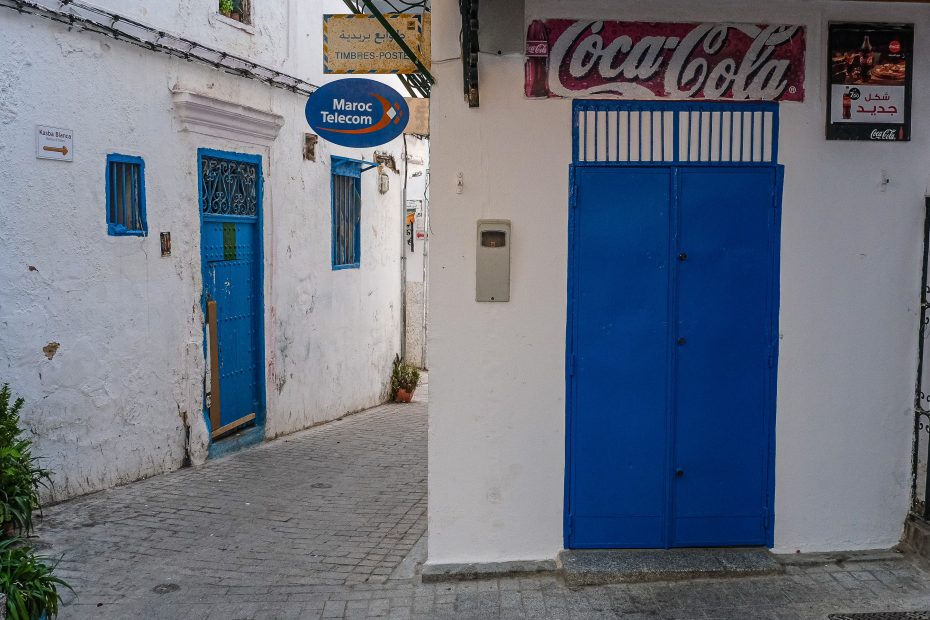Table of Contents
Introduction
With its strategic location along the coast of North Africa, Morocco has been influenced by many cultures and civilizations throughout its long history. This rich past has left its mark on Morocco’s cities, each with its own unique character and charm. From the bustling economic center of Casablanca to the medieval labyrinths of Fez, Morocco’s urban landscapes offer visitors a vibrant mix of sights, sounds and experiences. Let’s explore some of the country’s most captivating cities.
Casablanca
As Morocco’s largest city and economic capital, Casablanca is the country’s gateway to the modern world. At first glance, Casablanca appears to be a purely commercial metropolis filled with high-rises and traffic-clogged streets. However, beneath this exterior lies a city full of fascinating contradictions.
Wander through Casablanca’s downtown area and you’ll discover stunning architectural gems alongside Art Deco buildings reminiscent of the city’s colonial era. Visit the monumental Hassan II Mosque, which sits regally above the Atlantic Ocean. As night falls, head to the hopping nightclubs and restaurants in the trendy Gauthier and Sidi Belyout districts. With its unique blend of tradition and modernity, Casablanca will captivate anyone looking to experience Morocco’s contemporary pulse.
Marrakech
For a taste of Morocco’s imperial past, there’s no better place than Marrakech. This ancient city was once an important trading crossroads and capital of the Almoravid dynasty. Today it remains a bustling center of commerce and culture. Marrakech’s showstopper is the massive Jemaa el-Fnaa plaza, where you’ll find everything from acrobats and musicians to henna artists and food stalls.
Surrounding the plaza is the medina, a maze of narrow streets packed with markets selling handmade crafts, aromatic food and vivid spices. Be sure to visit the Koutoubia Mosque, Bahia Palace and the lush Majorelle Gardens. With its nonstop energy and exotic atmosphere, Marrakech will enthral you from the moment you arrive.
Fez
Step back in time by strolling through the medieval city of Fez. Once the capital of Morocco, this ancient walled city contains an astonishing number of architectural treasures and atmospheric quarters. Founded in the 9th century, Fez contains the oldest university in the world, Al Quaraouiyine, along with an iconic madrasa and dizzying 9,000 streets within its historic Fes el Bali district.
Wander past donkey carts weighed down with merchandise and centuries-old tanneries filled with soaking animal hides. Listen to the call to prayer echo through the maze-like alleys. From its traditional artisan crafts to its timeworn mosques, everything about Fez’s old world aura is sure to enchant.
Rabat
As Morocco’s capital city, Rabat offers a more relaxed pace compared to some of the country’s bustling imperial cities. Situated along the Atlantic coast, Rabat’s defining feature is the ancient fortress of the Oudayas Kasbah, which overlooks the Bou Regreg River across from the town of Salé.
Stroll through the stately Mausoleum of Mohammed V to pay respects to Morocco’s beloved late king and his son. View relics from ancient Romans at the Rabat Archeological Museum. Outside the city center lies the iconic Hassan Tower, an unfinished minaret from the 12th century. With its laidback seaside vibe and impressive historic sights, Rabat should not be missed.
Tangier
Strategically perched between the Mediterranean Sea and the Atlantic Ocean, the port city of Tangier has long been a gateway between Africa and Europe. Walk along the seaside promenade and gaze out at the waters that lap both continents. Wander through the Kasbah Museum in the 15th century sultan’s palace and take in panoramic views from Cape Malabata.
Stroll through the medina’s Petit Socco and Grand Socco squares, which were once frequented by Beat Generation writers like Paul Bowles and William S. Burroughs. Revel in Tangier’s blended cultures, architectures and foods. This cosmopolitan city makes the perfect addition to any itinerary.
Chefchaouen
Tucked high in the Rif Mountains, Chefchaouen offers the opportunity to experience Morocco’s laidback atmosphere. Nicknamed the “Blue City” for its colorful blue-washed buildings, Chefchaouen charms visitors with its friendliness, clean mountain air and slow pace.
Climb up to the 15th century kasbah for stunning views of the countryside blanketed in vegetation. Wander through the cobbled lanes and shop for local handicrafts in the main square. Sip mint tea and relax as you take in the blue hues that saturate every corner. With its photogenic beauty and serene vibe, the Blue City is the ideal place to unwind on your Moroccan journey.
Conclusion
From ancient imperial capitals to coastal cities characterized by cultural blending, Morocco’s urban landscapes showcase the country’s diverse history and influences. Whether you prefer sampling street food in lively Marrakech, getting lost in historic Fez or photographing colorful Chefchaouen, Morocco’s cities offer something to delight everyone. As you explore the ancient fortresses, winding medinas and bustling plazas of these vibrant destinations, you’ll discover the very essence of this captivating North African nation.
Frequently Asked Questions
Q: Which Moroccan city is known as the “Blue City”?
A: Chefchaouen is known as the Blue City for its buildings painted in various shades of blue.
Q: Where can you find the oldest university in the world?
A: The oldest continuously operating university is Al Quaraouiyine, located in Fez. It was founded in 859 AD.
Q: What is the large public plaza located in central Marrakech?
A: Jemaa el-Fnaa is the huge open air plaza and marketplace in the heart of Marrakech’s medina quarter.
Q: Which city served as Morocco’s capital for centuries?
A: Fez was Morocco’s capital from the 8th to 12th centuries, when it was succeeded by Marrakech as the imperial capital.
Q: Which city is located on the Atlantic coast between Rabat and Tangier?
A: The imperial city of Casablanca is situated on the Atlantic coast between Rabat to the south and Tangier to the north.
